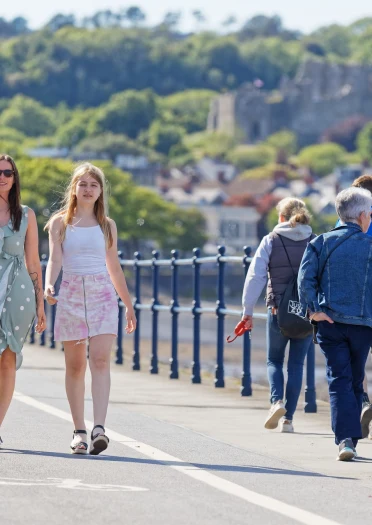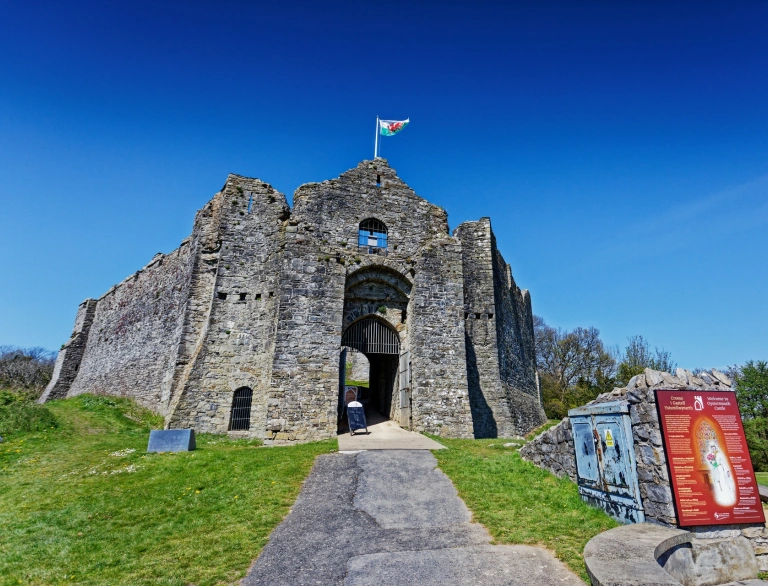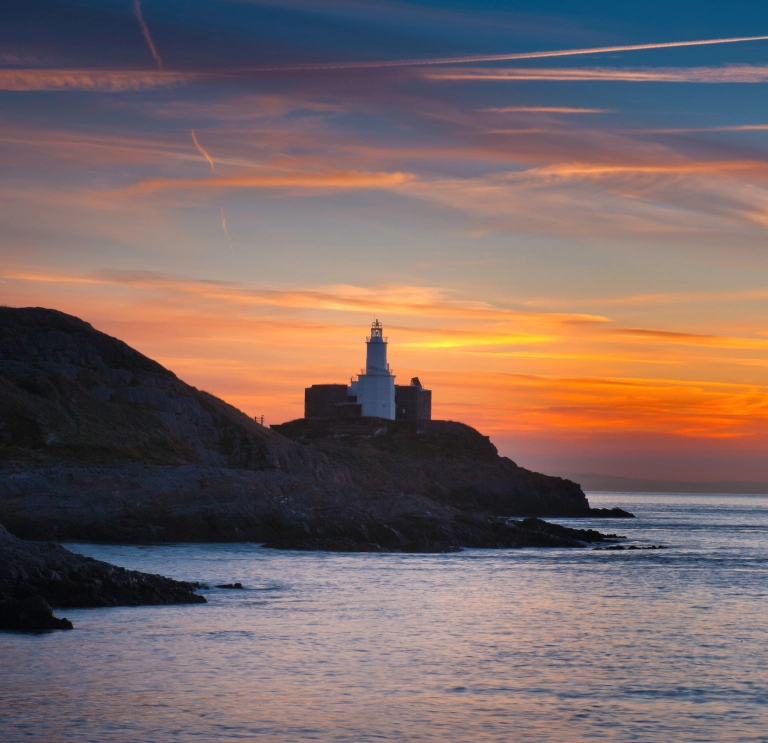I grew up on the Gower Peninsula and learned to fish for sea bass and mackerel from an old canvas and wood kayak alongside my father. When not on the water, I would spend every spare moment exploring the woods close to my home, or reading about the great explorers and their exploits. Here's my insider guide to my childhood home areas of Abertawe, Y Mwmbwls and Penrhyn Gŵyr.
Abertawe, the second largest city in Wales, with its legendary nightlife centred on Wind Street and the recently developed SA1 area, is a must for any visitor. The city is known for being the birthplace of poet Dylan Thomas, and home of the Swans, who were until very recently in the Premier League. For me, no visit would be complete without a trip to the historic Swansea market, the largest covered market in Wales, with over 100 stalls selling everything from fresh local produce including seafood, such as cockles and laverbread, to jewellery and leather goods.


The Italian influence in Abertawe goes back more than a century, and we have them to thank for the range of pizzerias, quality fish and chip shops and, of course, ice cream. The most iconic ice cream shop in the city is Joe’s ice cream parlour on St Helen's Road. Its distinctive flavour has been a favourite with generations of residents, and I always make a point of taking my non-local friends there whenever they visit.
The world’s first passenger railway ran from Abertawe docks to the fishing village of Y Mwmbwls. Originally designed to carry coal and limestone, it was converted to carry passengers in 1807 – first on horse-drawn carriages, and later by steam locomotive. The former railway track is now a popular cycle and walking route, with a panoramic coastal view described by some as akin to that of the Bay of Naples.
Oyster Wharf is a recent development part of the regeneration of Y Mwmbwls village, and with its plethora of places to eat, it’s become a firm favourite already.
Oystermouth Castle is an Anglo-Norman fortification dating from the 12th century, built at a time when Abertawe and Penrhyn Gŵyr were being fought over by the Norman lords and the Welsh Princes of Deheubarth. The castle changed hands several times between 1106 and 1220 but these days things are a bit calmer and the castle plays host to a series of themed events throughout the year. The ghost of a lady in white is also reputed to haunt its dungeon.



The stunning Penrhyn Gŵyr juts into the Bristol Channel and covers an area of 70 square kilometres. It also boasts the prestigious honour of being designated the UK’s first National Landscape (formerly Area of Outstanding Natural Beauty) way back in 1956. And never has an accolade been more deserved.
The southern coastline of Penrhyn Gŵyr is largely made up of limestone cliffs punctuated with a selection of fantastic beaches and secluded coves. Some beaches such as Pwll Du can only be reached by walking over fairly challenging terrain, while others like Caswell Bay have parking and a cafe right next to the sand, so there’s really something for everyone regardless of ability or preference.
A paradise for all sorts of outdoor activities, Penrhyn Gŵyr is certainly the place to be outdoors, enjoying nature at its best. One of the best ways to do this is on the water, and surfing is one of the area’s most popular sports. Search for surf schools in the area.

If that all sounds a bit too much like hard work, there’s no better way to explore the coast and meet its wildlife than by boat. Gower Coast Adventures run trips from Oxwich Bay on the 'Sea Serpent', a rigid-hulled inflatable craft, powered by a 315 horsepower turbo diesel engine capable of 30 knots. They run a range of different trips that are as educational as they are exhilarating. My favourite includes a circuit of the tidal island of Pen Pyrod (Worm's Head), with its colony of Atlantic Grey Seals and abundant birdlife. And if you’re lucky you may even spot a porpoise or dolphin during the trip.
All that sea air will definitely give you an appetite, and what could be better than some no nonsense pub grub at a venue names after a legendary folk hero? The King Arthur Hotel and Restaurant in Reynoldston is always a welcome sight after a busy day of work or play.
Abertawe, Y Mwmbwls and Penrhyn Gŵyr offer a diverse range of options for visitors – from urban culture to coastal nature at its finest. It really is the best of both worlds.
Search for places to stay in Swansea, and more attractions and activities in the area.






